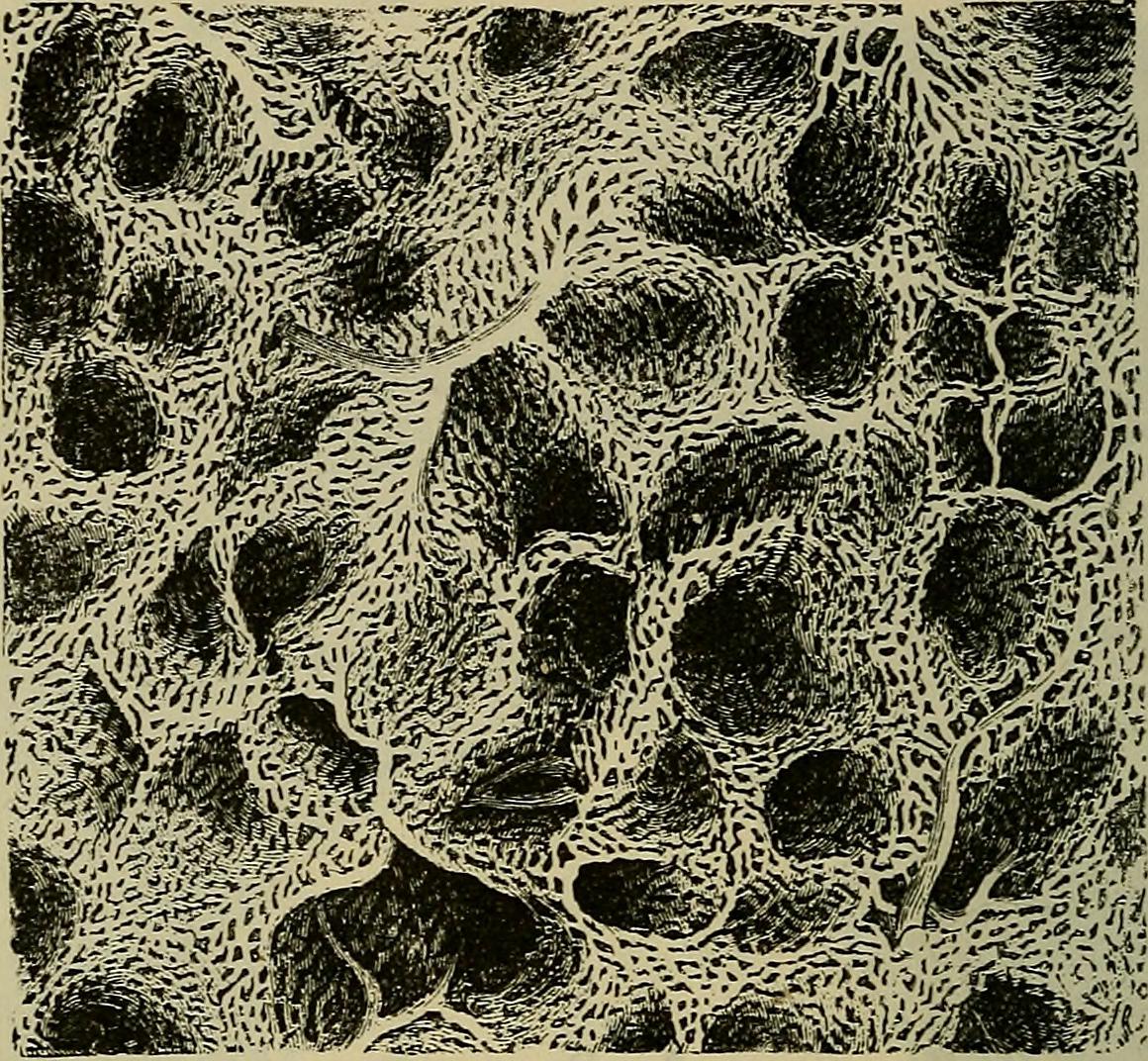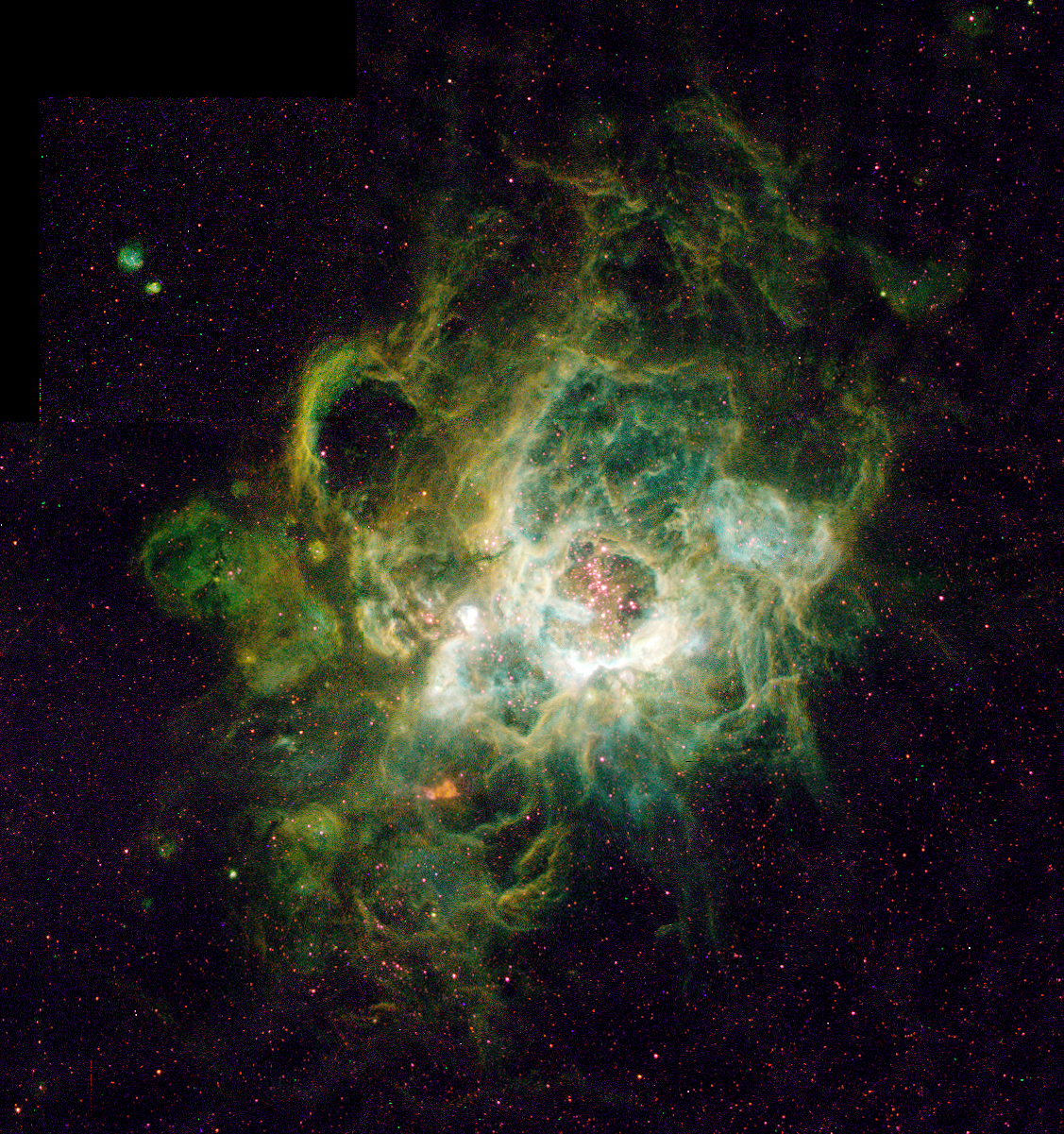Technology Guiding Statement for Interdisciplinary Initiatives
Plymouth State University
Spring 2016
Prepared by the Academic Technology and Online Education Committee
Principal Authors: Robin DeRosa (Professor, English/Interdisciplinary Studies); Rich Grossman (Assistant Vice-President and CIO); Nick Sevigney (Associate Professor, Art); Francis Williams (Associate Professor, Criminal Justice)
Reviewed by: Scott Robison, Zhizhang Shen, Lynn Johnson, Meagan Shedd, Pam Childs, Daniel Bramer, Gail Mears, David Zehr, Jo-Ann Guilmett
 As a public institution of higher learning with an emerging vision focused on interdisciplinary scholarship and teaching, Plymouth State University must develop a technology plan to accompany our new path. This Technology Guiding Statement focuses on a key theme: Connected Learning. We hope that this statement will be used by a wide variety of PSU community members as we work together to develop more specific plans to move us forward. We hope that the Center for Excellence in Teaching and Learning will be empowered to use this document as it offers leadership to the campus in the area of pedagogy-driven academic technology.
As a public institution of higher learning with an emerging vision focused on interdisciplinary scholarship and teaching, Plymouth State University must develop a technology plan to accompany our new path. This Technology Guiding Statement focuses on a key theme: Connected Learning. We hope that this statement will be used by a wide variety of PSU community members as we work together to develop more specific plans to move us forward. We hope that the Center for Excellence in Teaching and Learning will be empowered to use this document as it offers leadership to the campus in the area of pedagogy-driven academic technology.
What is “Connected Learning?”
Connected Learning is an emerging field that links learner-driven approaches to pedagogy with pedagogy-driven uses of technology. Some of the key facets of Connected Learning include:
- encouraging interest-driven, peer-supported, inquiry-based pedagogy (Gardner Campbell);
- maximizing use of the “adjacent possible,” which means enabling connections by putting more work out in the open to invite collaboration (Steven Johnson);
- cultivating a participatory culture where learners use new technologies to participate in virtual communities where they share ideas, comment on one another’s projects, and plan, design, implement, advance or simply discuss their practices, ideas, and goals together (Cathy N. Davidson);
- correcting our cognitive bias that leads us to undervalue the importance, viability and productive power of open systems, open networks and non-proprietary production (James Boyle);
- expanding our notion of community by working across the borders of the university, and considering it part of our mission to foster an informed and critical public (Ethan Kleinberg).
In this sense we think about “connection” in these ways:
- connections between students and faculty, so we work collaboratively to critique and produce knowledge in an inquiry-based framework;
- connections between students, faculty, and staff, so in order to enrich both, we work to integrate our academic work with non-academic endeavors and experiences;
- connections between peers (colleagues or students), so we use team-based approaches that value contributor strengths and support contributor challenges;
- connections between the university and the public, so we draw on the contributions of external stakeholders and enrich the public and the wider world in a co-sustaining cycle.
The technologies that support connected learning cohere around these principles:
- they replace disposable assignments (David Wiley) with work that encourages learners to be active contributors to their fields as they learn;
- they encourage the open sharing of research (and the respect of intellectual property) at every level to maximize collaboration and improve the overall quality of the work;
- they encourage work on the open web where non-university partners and the wider public can engage with the academic work of the university.
 This “Connected Learning” approach is well-suited to our situation at PSU now, since we stand between an ongoing historical commitment to student-centered pedagogy and an emerging commitment to interdisciplinarity. Connected Learning gives us a language for talking about learner-driven pedagogy, interdisciplinary collaboration, and the technologies that we can use to enable these two related visions in a concrete way.
This “Connected Learning” approach is well-suited to our situation at PSU now, since we stand between an ongoing historical commitment to student-centered pedagogy and an emerging commitment to interdisciplinarity. Connected Learning gives us a language for talking about learner-driven pedagogy, interdisciplinary collaboration, and the technologies that we can use to enable these two related visions in a concrete way.
First Steps in Teaching and Learning:
- Empower CETL to introduce basic communications tools to cluster leadership and the campus at large to facilitate working processes that reflect a commitment to collaboration and dialogue;
- Introduce the theoretical principles of Connected Learning to the PSU community, so that we can recognize how it relates to what we are already doing as well as how it relates to the development of our interdisciplinary clusters;
- Offer three levels of hands-on Connected Learning trainings for PSU faculty and staff depending on their level of comfort in working with technology:
- Beginning: how to use email and social media to connect with students, faculty, staff, professional fields, and public stakeholders; the pros and cons of the LMS (Learning Management System); the benefits of working in public.
- Intermediate: how to grow professional, creative, and/or intellectual networks on social platforms; how open licensing works; migrating from the LMS to the web; the challenges and risks of working in public; leveraging established technologies for working in public collaborations in disciplines or on interdisciplinary projects.
- Advanced: how to leverage open licensing for large-scale projects and publishing; helping students develop personal cyberinfrastructures; cutting-edge experimental tools for working in public collaborations in disciplines or on interdisciplinary projects.
- Retool First-Year Seminar to engage with Connected Learning principles and to establish personal digital spaces for collaboration early in student programs, and develop a plan for students to improve their digital literacy, personal learning networks, and personal cyberinfrastructure over the course of their time at PSU (see ePort example from the PSU Interdisciplinary Studies program).
Open Labs: First Steps in Facilities and Equipment:
To engender the connection and cooperation required to successfully develop and support forthcoming strategic clusters will require new types of educational spaces – open labs – that provide the toolsets and environments necessary to achieve PSU’s goals. Some of these will be maker-spaces (which could include equipment such as machine shop tools, electronics, small computing and robotics, 3D printing and laser cutting; high-end computing, CAD/CAM, plotting, motion capture, video/audio editing, and digital photography; welding, brazing, kilns). Some will be traditional studio spaces for video, audio, and performing arts. Some will be traditional mediated and flexible learning spaces. And some will be designed to develop and support the type of communications, creativity, and interactions with internal and external partners necessary in order to achieve the goals of the strategic clusters’ vision.
 Just as shifting towards strategic clusters requires PSU to approach teaching and learning in new ways, developing and supporting the open labs which strategic clusters depend on will require a new approach to space allocation. As a public institution, PSU must understand and embrace the benefits of shared resources. In order to create and maintain these high quality multi-departmental open labs, we will need to cast aside the proprietary and embrace the shared resources approach, so we can work together towards developing the best facilities we can, facilities that find their home in Plymouth State University, not within specific departments.
Just as shifting towards strategic clusters requires PSU to approach teaching and learning in new ways, developing and supporting the open labs which strategic clusters depend on will require a new approach to space allocation. As a public institution, PSU must understand and embrace the benefits of shared resources. In order to create and maintain these high quality multi-departmental open labs, we will need to cast aside the proprietary and embrace the shared resources approach, so we can work together towards developing the best facilities we can, facilities that find their home in Plymouth State University, not within specific departments.
Example from Criminal Justice Faculty Member: Justice & Security Cluster Project
There are relatively new initiatives like predictive policing (or crime-forecasting) which try to harness the power of information, geospatial technologies and evidence-based intervention models to reduce crime and improve public safety. Another emergent direction is how to improve safety in diverse institutions by using technology (which can potentially be extended to more than just correctional institutions). Working in these areas will
- enable students to work with faculty to chart curricula for emerging fields, which can then be shared to move the fields forward;
- require transdisciplinary partnerships between PSU scholars and the wider public, which can lead to improved operations and outcomes for both PSU and for other institutions;
- demand the availability of technologies for sharing and collaborating and require faculty expertise in leveraging those technologies;
- demand the availability of data analytics and GIS technology tools as well as faculty expertise to leverage these tech tools;
- rely on interdisciplinary collaborations between experts in various academic disciplines (such as CJ, Physical Sciences, Geography, Mathematics, Sociology, Psychology, Computer Science).
This example demonstrates that to do the work we are hoping to do in clusters, we will need to reimagine ourselves working in more connected ways, sharing knowledge, tools, expertise, and ideas. Connected Learning can give us a theoretical understanding of how this interdisciplinary initiative fits with our pedagogical goals as well as a framework around which we can design a technology plan to enable us to actually work in these new ways.
